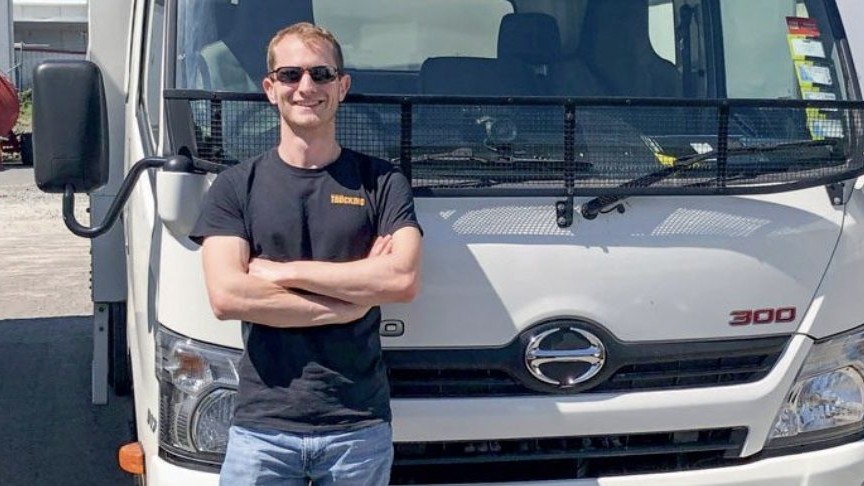
Like almost every city or larger town in New Zealand, my home town of Tauranga has a seemingly constant activity on its main roads and more heavily trafficked thoroughfares. Obviously, I’m neither talking about the increasingly heavy traffic nor the occasional cyclist, scooterist or pedestrian… Rather, I’m talking about the efforts to adapt those roads to slow down the former and create more space and safety for the latter.
It’s nothing unique and with Waka Kotahi’s Streets for People programme 2021-24, there’s a lot more to come. Not heard of the Streets for People programme? This two-minute video provides some detail. If you couldn’t be bothered with that, the agency says it’s a $30-million programme that “aims to make it easier and faster to create safer, healthier, and more people-friendly streets in our towns and cities.”
Considering 13 individual local authorities around the country have been approved and the programme runs for three years, I’d say a $30-million budget is about reasonable.
It’s at this point I’ll bet you’re expecting me to throw in a ‘however’ and start rambling on about how Waka Kotahi is once again spending millions on vanity projects designed to surreptitiously force people out of their cars to reach some ridiculous environmental goal and so on and so forth…
Don’t get me wrong, I’m in no way averse to this. I cycle around town every so often, and feel exceptionally uneasy using some of the cycle lanes that are simply painted onto the edge of the road. I live in a peaceful, clean suburb, and think having parts of inner cities without too much noise or air pollution from traffic has an appeal. I don’t think this programme is objectionable.
If you’ve ever been to Europe – pick a city – you’ll no doubt have watched that video and picked up on some parallels. However (there it is!), there’s one big difference between New Zealand and Europe: the number of possible routes in, out and around its cities. By New Zealand’s nature, once a route into a city is closed, you’re either stuck, or have to go a heck of a long way around to get in. We see it on a continual basis. Roads closed due to slips, for emergency repairs, any number of reasons can result in an alert from Waka Kotahi to “plan your journey”.
An accident on the Auckland harbour bridge last month showed how city routes can be vulnerable too. It even prompted NRC CEO Justin Tighe-Umbers to comment that it “acts as a reminder that we are often only one incident away from entire communities being cut off. Strengthening the resilience of our roading infrastructure needs to be given far more focus thanthat it is currently.” And that was within our largest, busiest city where you’d think there would be more resilience.
Naturally, it bears repeating: if infrastructure fails, if movement is restricted, if freight can’t get in, if communities are cut off… Well, it puts nice-to-have urban projects – even the better, reasonably priced ones – into perspective.
All the best,
Gavin Myers
Editor
Read more
Pouring concrete
0 Comments5 Minutes
What’s going on?
1 Comment4 Minutes




